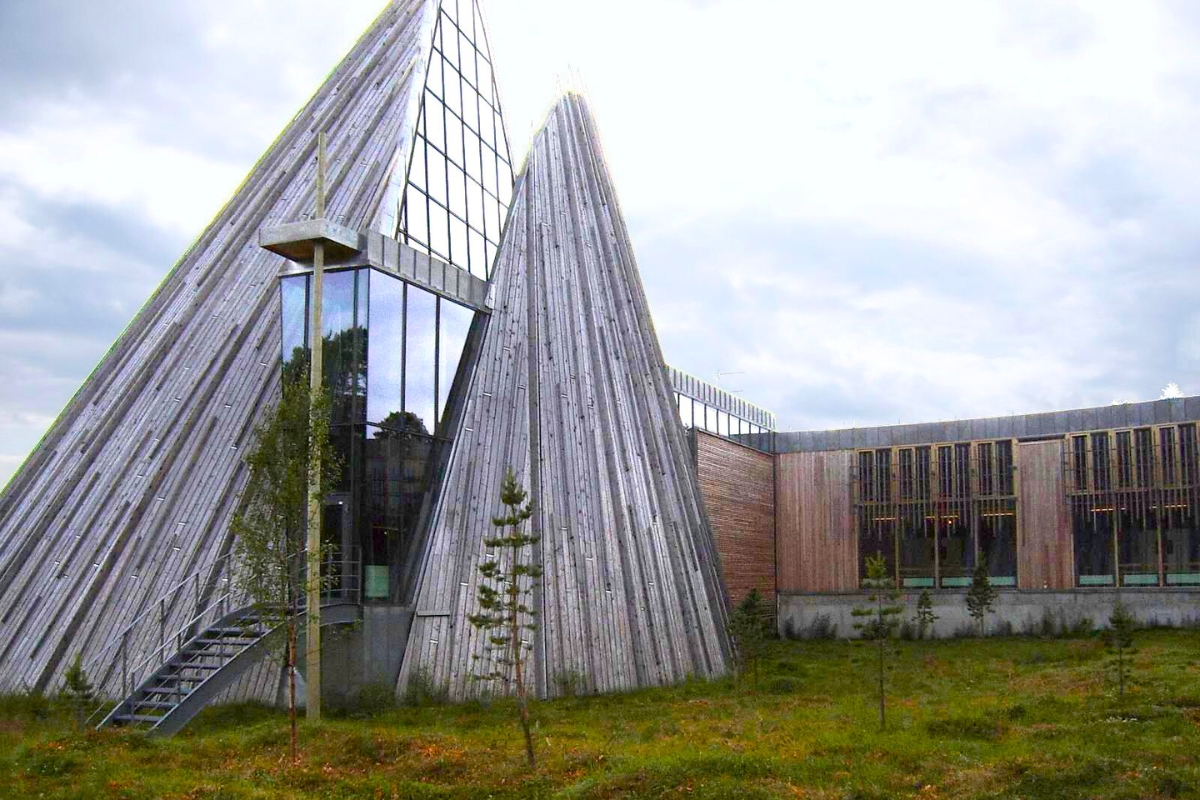No concept captures the essence of coziness, comfort, and simplicity quite like "hygge." While this term is often associated with Denmark, its Nordic neighbors, including Norway, have their own interpretation that shines through in their architectural and design choices.
Hygge: More than a trend
Hygge (pronounced "hoo-guh") is a Danish term that has gained international recognition for its celebration of simple pleasures, mindfulness, and the creation of cozy atmospheres. However, its influence extends beyond Denmark's borders, touching the hearts of Norwegians and inspiring their approach to architecture and design.
Nature as a muse
Norwegian architecture and design share a profound connection with nature. The country's breathtaking landscapes, from dramatic fjords to lush forests and towering mountains, serve as a constant source of inspiration. Norwegian architects and designers often incorporate natural materials and elements into their creations, striving to bring the outdoors inside.
Section Type: standardWidthImageS
Hygge, Scandinavian interior design of bedroom

Wood is a quintessential element in Norwegian architecture and design. It's not just a building material; it's a symbol of warmth and sustainability. Norwegian homes and interiors often feature wooden floors, walls, and furniture. The natural grain and warm tones of wood create a sense of comfort and harmony in living spaces.
Functional minimalism
Norwegian design embraces functional minimalism, focusing on simplicity and utility. Furniture and decor are carefully selected for their practicality and aesthetic appeal. Clean lines, uncluttered spaces, and a "less is more" philosophy are at the core of Norwegian design principles. This approach allows for an unobstructed view of the beauty of both the surroundings and the design itself.
Textiles play a significant role in achieving hygge in Norwegian interiors. Soft blankets, plush cushions, and warm, inviting rugs transform living spaces into cozy sanctuaries. These textiles not only provide physical warmth but also add a touch of softness and comfort to the overall design.
Section Type: standardWidthImageS
Here’s an example of Norwegian textiles. Lusekofte, or Setesdal sweater, is a cozy and beautifully-made traditional sweater in Norway.

Lighting is beautifully madeered to create a hygge atmosphere. Soft, warm, and diffused lighting is favored over harsh, bright lights. Candles, especially during the dark winter months, are an essential element in Norwegian homes. Their gentle glow enhances the feeling of coziness and relaxation.
A connection to history and tradition
Norwegian architecture and design often draw inspiration from the country's rich cultural heritage. Traditional elements and craftsmanship are incorporated into contemporary designs, bridging the gap between the past and the present. This connection to history adds depth and authenticity to Norwegian interiors.
The Norwegian cabin, or hytte, is a prime example of hygge in architecture. These cozy retreats are often nestled in the wilderness, providing an escape from the hustle and bustle of everyday life. Their design focuses on simplicity, with wood-clad interiors, large windows that frame natural views, and functional layouts that prioritize relaxation and connection with nature.
Famous Norwegian buildings
Section Type: standardWidthImageS
Opera House, Norwegian architecture, in Oslo, Norway

The Oslo Opera House: Designed by the renowned architectural firm Snøhetta, the Oslo Opera House is a modern masterpiece that beautifully integrates with its surroundings. Its sloping roof invites visitors to walk to the top, offering panoramic views of the city and the fjord.
Section Type: standardWidthImageS

The Sami Parliament in Karasjok: This striking building represents the indigenous Sami people of Norway. Its unique architecture combines traditional Sami design elements with modern functionality, creating a space that reflects both heritage and contemporary values.
Museums worth visiting
When exploring Norway's vibrant cultural scene, several museums stand out as must-visit destinations for those interested in design and architecture.
1. Norwegian Design and Architecture Center (DOGA), Oslo: Located in the heart of Oslo, DOGA serves as a hub for design and architecture enthusiasts. This center hosts exhibitions, events, and programs that celebrate and promote Norwegian design excellence.
2. The National Museum – Architecture, Oslo: As part of the National Museum of Art, Architecture, and Design in Oslo, this museum focuses exclusively on architecture. It houses an extensive collection of architectural drawings, models, and photographs, providing valuable insights into the development of Norwegian architecture over the years.
3. The Norwegian Museum of Decorative Arts and Design, Oslo: Also a part of the National Museum, this institution is dedicated to decorative arts, design, and crafts. Its diverse collection includes Norwegian and international design objects and artworks, offering a deep dive into the world of design.
4. Henie Onstad Kunstsenter, Høvikodden: Situated just outside Oslo, this contemporary art center often features exhibitions that include design-related works. It serves as a dynamic space that explores the intersection of art, design, and architecture, making it a fascinating destination for those seeking creative inspiration.
5. The Røros Museum, Røros: Located in the picturesque town of Røros, this museum delves into the cultural history of the region, including traditional craftsmanship and design. Here, you can explore the rich heritage of rural Norwegian design and gain a deeper appreciation for its roots.
The final word
Norwegian architecture and design are deeply rooted in the principles of hygge, creating environments that prioritize comfort, simplicity, and a strong connection to nature and tradition. Whether it's a rustic cabin in the woods, a contemporary urban home, or a public cultural institution, the essence of hygge permeates every facet of Norwegian design.
It's a philosophy that not only shapes physical spaces but also enriches the lives of those who inhabit them, fostering a sense of well-being, contentment, and a deep appreciation for the beauty of simplicity.
Section Type: standardWidthImageS
Fisherman house with traditional grass roof in Reine, Lofoten Islands, Norway

Section Type: cta
Experience hygge for yourself with SA Expeditions. Check out our most popular Norway itineraries; then chat to a Destination Expert about curating an itinerary that makes you feel warm and fuzzy.

 Polar Regions
Polar Regions Polar Regions
Polar Regions